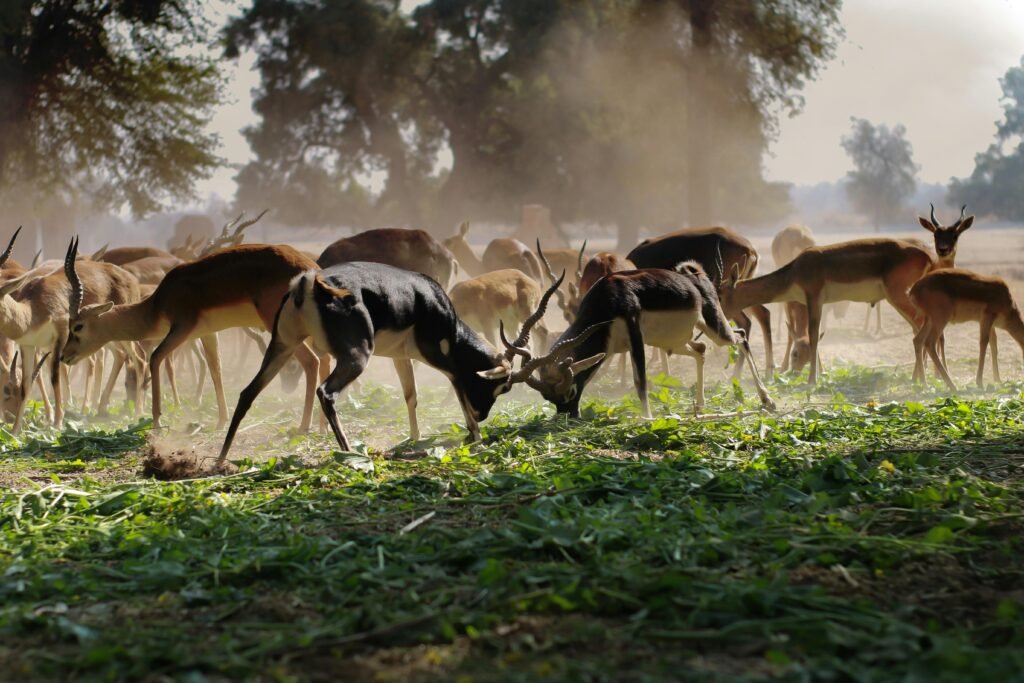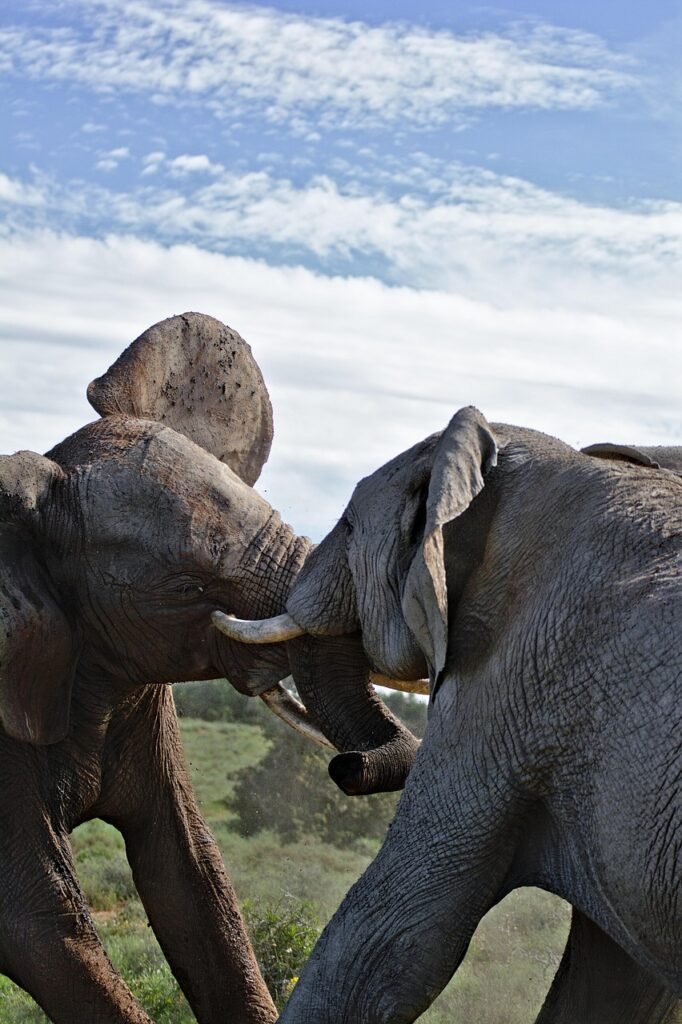Welcome to mkomazi National Park
Experience the Untamed Beauty of Mkomazi National Park



Nestled in the northeastern reaches of Tanzania, at the foot of the dramatic Pare and Usambara Mountains, Mkomazi National Park remains one of the country’s best-kept secrets. Extending into Kenya’s Tsavo National Park, Mkomazi is an integral part of the Greater Tsavo Ecosystem, an expansive wilderness that spans 43,000 square kilometers.
Mkomazi is home to one of Tanzania’s most unique ecosystems. Situated at the southern edge of the Somali semi-arid belt and the Sahel Biosphere, the park serves as a vital biogeographic corridor, linking the Sahara Desert to Central Africa. This distinctive location allows Mkomazi to harbor species that are seldom found elsewhere in Tanzania, making it a fascinating destination for wildlife enthusiasts.
Although Mkomazi has been a protected area since 1951, first as Mkomazi and Umba Game Reserves, it wasn’t until 2008 that it was officially designated a national park under the stewardship of Tanzania National Parks (TANAPA). Today, the park spans 3,200 square kilometers of unspoiled wilderness, offering visitors a rare opportunity to experience its natural beauty and diverse wildlife in a tranquil, undisturbed setting.
Facts About Mkomazi National Park
Since Mkomazi was officially designated as a national park, significant strides have been made in its conservation efforts. Thanks to the collaborative work of the Tanzania National Parks Authority (TANAPA) and the George Adamson African Wildlife Preservation Trust, the park has witnessed a remarkable decrease in poaching, illegal cattle grazing, fires, and other harmful activities. The park’s infrastructure has been enhanced with improved roads and new water catchment systems, ensuring a sustainable environment for the diverse wildlife that calls Mkomazi home.
As a result of these concerted efforts, wildlife populations have thrived. Today, visitors to Mkomazi are likely to spot large herds of zebras, elands, elephants, and buffalos roaming the park’s vast landscapes. The park is also home to a variety of other species, such as kongonis, giraffes, dik-diks, and ostriches. In the more arid regions of the park, species like gerenuk, lesser kudu, and beisa oryx can be spotted. While the larger predators remain elusive, there’s still a chance to catch sight of serval cats, caracals, wild cats, and even wild dogs, adding an extra layer of excitement for wildlife enthusiasts seeking rare encounters.

